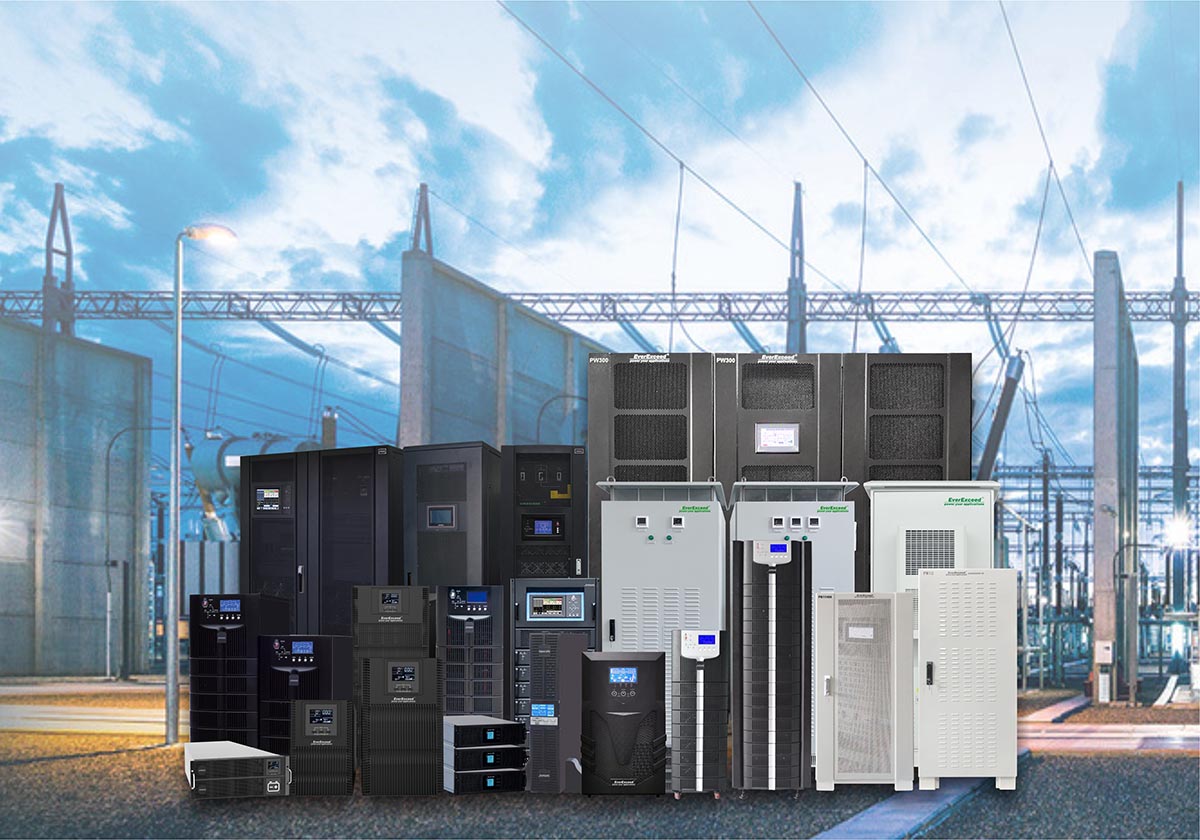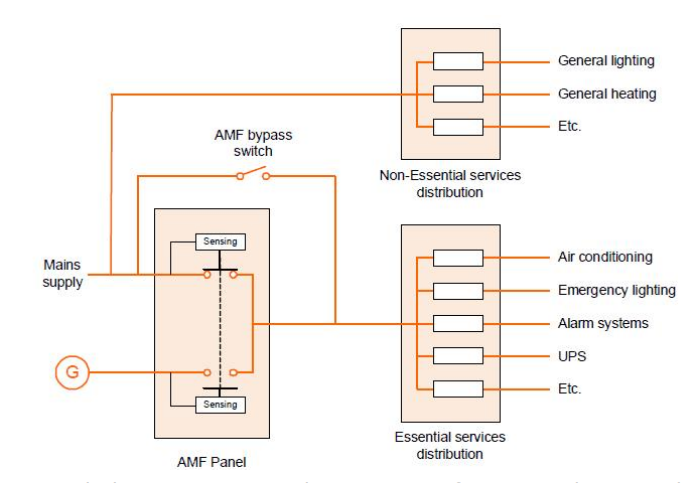How UPS and generator can become the complete critical power solutions with uninterruptible power and backup power supplies?
A UPS can support its critical load during utility power anomalies and blackouts – but only until its battery autonomy expires. Conversely, an adequately-fuelled generator can support the load indefinitely, but needs time to start up and stabilise.
Operators of any data centres with mission-critical loads must ensure uninterrupted power under all circumstances as most critical power solutions. However, while the electricity network is built to withstand the intense storms that can affect any part of the country at any time, extreme weather can affect overhead power lines. Accordingly, although the organisation has emergency plans and engineers ready to deal with situations as they arise, data centres should also have their own plans in place.
Such plans must include provision for power cuts lasting several hours or possibly days, as well as those of just seconds’ or minutes’ duration. This in turn calls for an on-site generator to back up the UPS, as all UPS battery autonomies are finite, and susceptible to be exceeded by a sufficiently extended blackout. Additionally, there is no point in having battery autonomy that is not matched by air conditioning that can maintain safe operating temperatures for the UPS throughout the blackout.

The UPS is the front line
critical load, allowing it to shut down gracefully within the remaining autonomy. Alternatively, if losing the data processing resource is not an option, the UPS must start interacting with an on-site generator. The UPS’s role is then to maintain the supply until the generator can start, stabilise and take over seamlessly as the power source. Assuming the generator has been correctly sized for the application,the UPS will accept it as a ‘mains replacement’ for recharging its battery and supplying the critical load until mains power is restored. This period can be indefinite, subject only to continued availability of fuel for the generator.
Both mechanical and electronic governors are available. Mechanical governors, although lower-cost than electronic types, are less responsive and provide less stable engine speed and voltage frequency regulation. An electronic governor counts teeth on the alternator’s flywheel as it rotates, and regulates the fuel flow accordingly. Electronic governing is highly responsive and offers very stable speed and frequency regulation; accordingly, it is usually specified for any standby generator intended for pairing with a UPS system.
A UPS standby generator should have a mains-powered engine water heater and battery charger. It must also communicate when it starts and stops in response to mains supply failure and subsequent restoration. This is usually handled by an Automatic Mains Failure (AMF) panel that includes the necessary signals.

To avoid the AMF starting the generator for every short supply aberration, it is usually set to operate only if the mains fails for an extended time of typically two to 10 seconds. Similarly, the AMF should not stop the generator and switch the UPS back to mains supply immediately it is restored; the reconnection may be part of the utility company’s fault location procedure or the result of an automatic breaker operation. The fault may still exist, causing the supply to be disconnected again almost immediately. Accordingly, most AMF-controlled generators are set to continue to supply power for at least two minutes after the utility supply is restored.
Generator sizing
To ensure the generator performs reliably as a power protection component, it must be correctly sized as well as matched to the UPS. In fact, it should be oversized, especially as it usually supports more equipment than the UPS; air conditioning to cool the equipment as well as emergency lighting, communications and alarm systems.
Critical power solutions summary
If a data centre is providing a critical ICT resource that has to remain online under all circumstances, then an on-site generator must be provided to back up the UPS if a long-duration blackout occurs. Additionally, for successful operation as part of the power protection strategy critical power solutions, the generator must be carefully matched to the UPS characteristics and sized sufficiently to handle all the emergency power needed during a blackout.
หมวดหมู่
ล่าสุด โพสต์
สแกนไปที่ WeChat:everexceed
